Insects are some of the most diverse and numerous species on Earth, yet their world is often unseen and unappreciated. Despite their abundance, some insects are incredibly rare, teetering on the brink of extinction or found in very isolated locations. This diversity includes millions of species, with many playing crucial roles in ecosystems, such as pollination, decomposition, and as a food source for other wildlife. However, numerous species are under threat from human activities and environmental changes, making their existence precarious.
Lord Howe Island Stick Insect (Dryococelus australis)
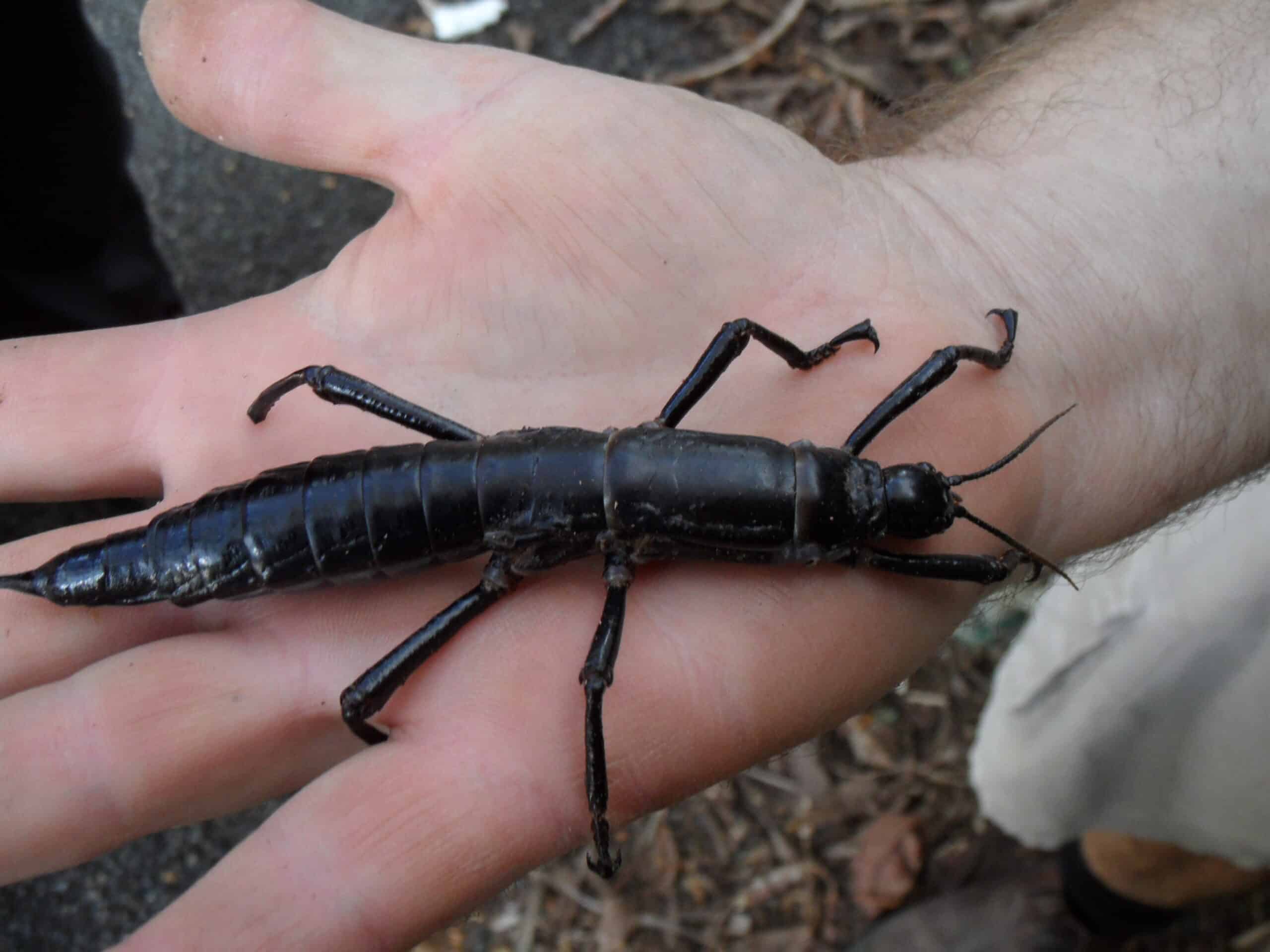
Found on Lord Howe Island in Australia, the Lord Howe Island Stick Insect, also known as the “tree lobster,” was once thought to be extinct due to predation by invasive rat species introduced in 1918. Miraculously, a small population was rediscovered in 2001 on a nearby rocky islet called Ball’s Pyramid. Efforts are ongoing to preserve and possibly reintroduce this palm-sized insect back to its native habitat.
Queen Alexandra’s Birdwing (Ornithoptera alexandrae)
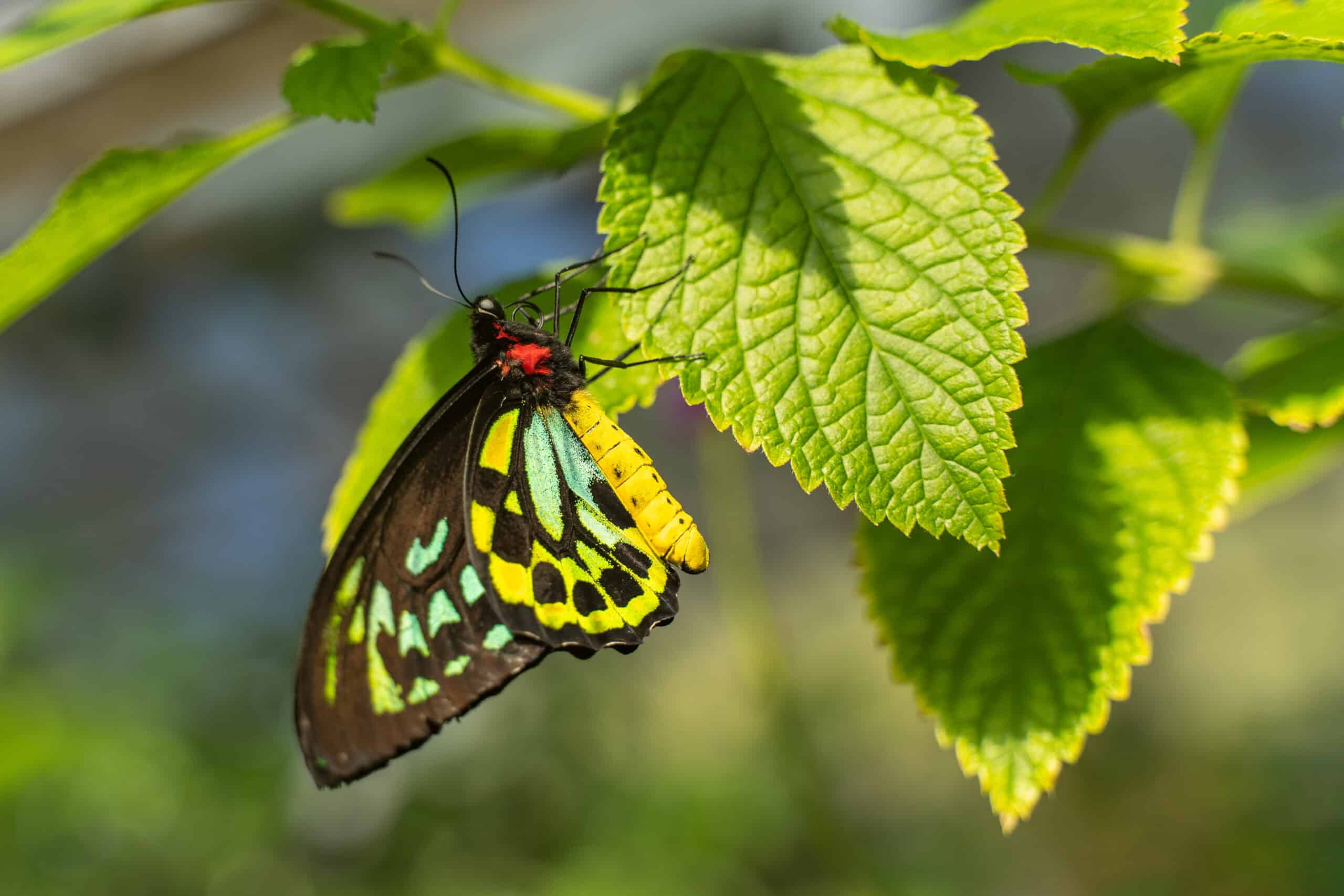
The largest butterfly in the world, Queen Alexandra’s Birdwing thrives only in the rainforests of Papua New Guinea. Its wingspan can reach nearly a foot across, and it is particularly noted for its vibrant coloration. The rarity of this butterfly is primarily due to habitat destruction from palm oil plantations and its very specific habitat requirements.
Giant Weta (Deinacrida heteracantha)
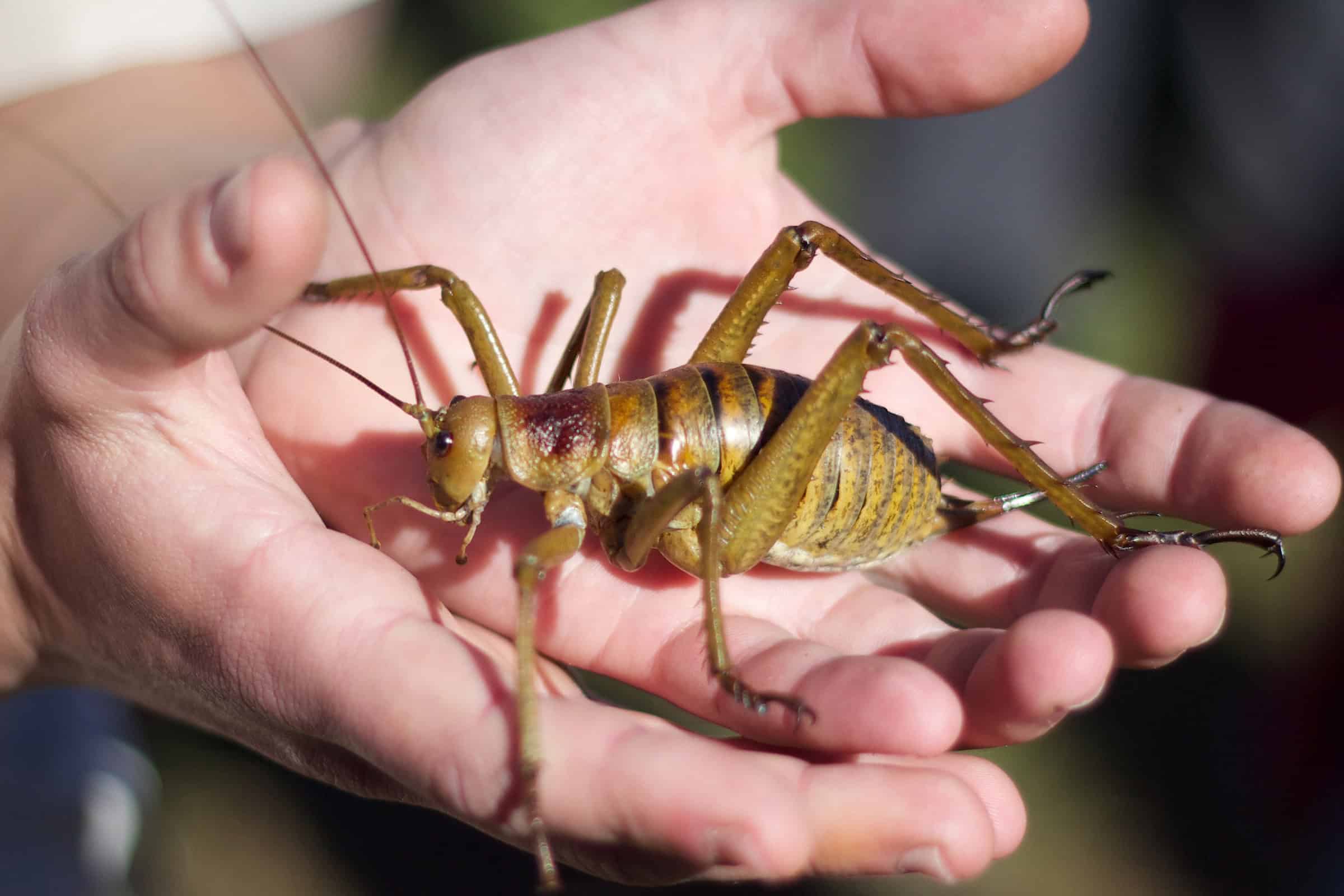
Native to New Zealand, the Giant Weta is one of the heaviest insects in the world, sometimes weighing more than a small bird. Predominantly found on offshore islands free from predators such as rats, these insects are vulnerable to environmental changes and predation on the mainland. Conservationists have taken steps to protect their remaining habitats.
Nothomyrmecia macrops
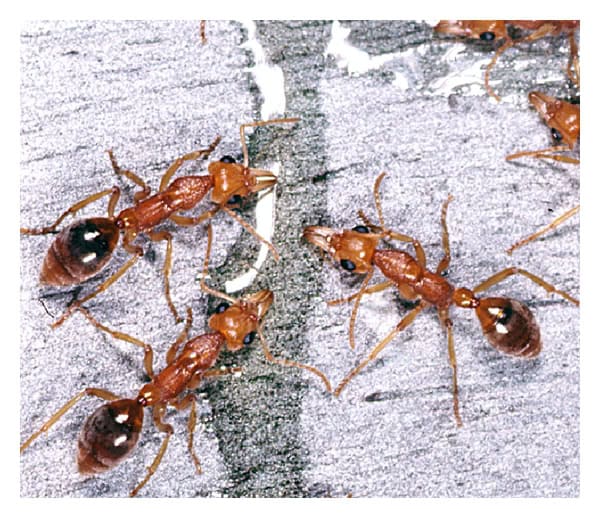
Often called the “Dinosaur Ant,” Nothomyrmecia macrops is an extremely rare species of ant found in southern Australia. It was first discovered in 1931, then thought to be extinct until rediscovered in 1977. These ants exhibit primitive behaviors that are considered a link to understanding the evolution of ants. They face threats from habitat loss and climate change.
Franklin’s Bumblebee (Bombus franklini)
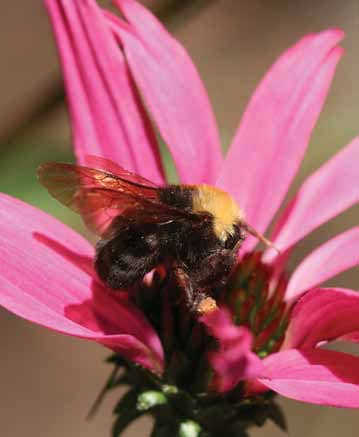
This bumblebee is native to a narrow stretch between California and Oregon in the United States. It has one of the most restricted ranges known for any bumblebee, and sightings have been extremely rare in recent years, leading experts to worry about its potential extinction. Habitat destruction and pesticides are believed to be the primary causes of its decline.
Saturniidae Moth (Actias dubernardi)
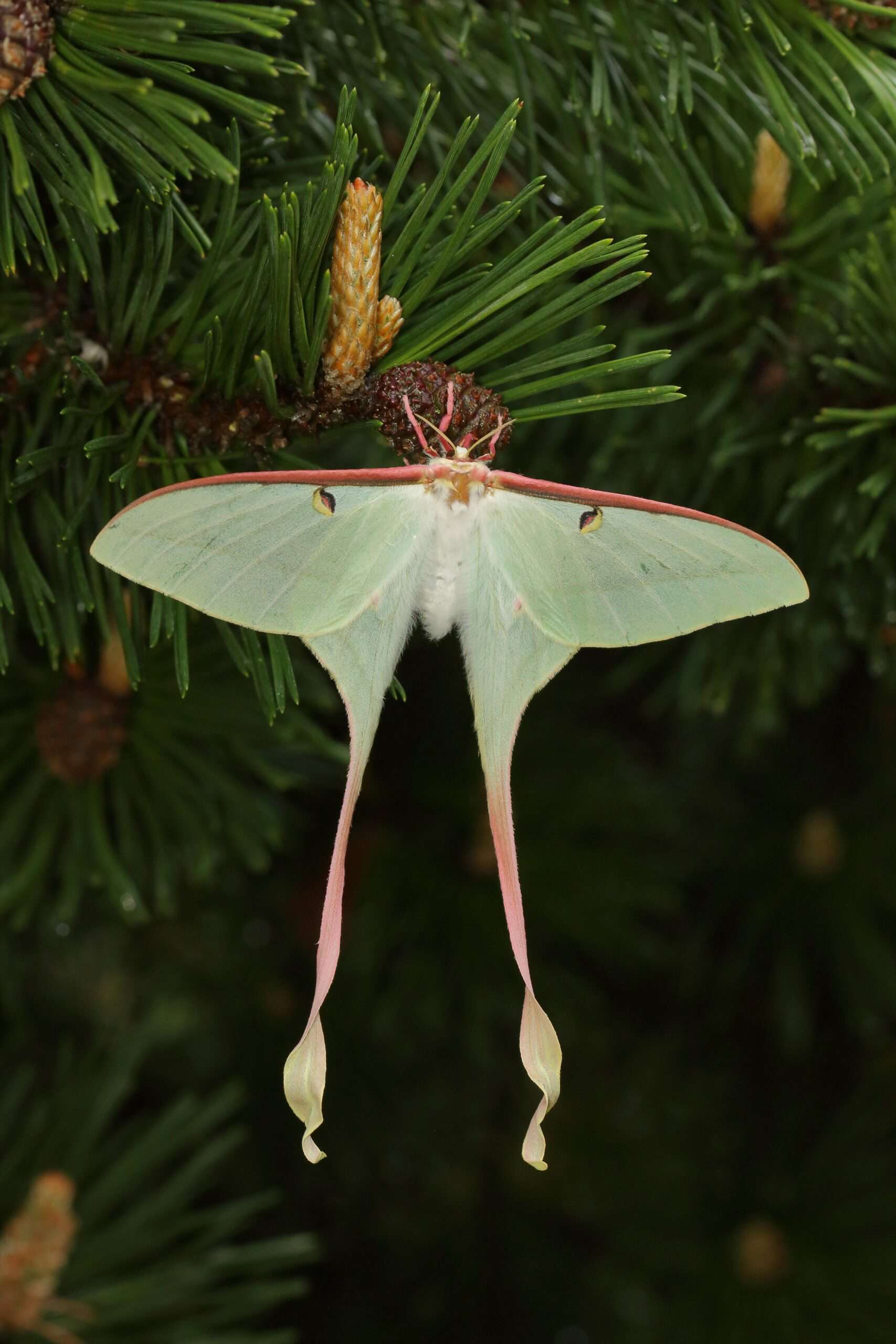
Found only in a few regions of China, this moth is noted for its striking appearance and large, translucent green wings. The Saturniidae Moth faces threats from habitat loss due to urban expansion and collection as they are highly prized by collectors for their beauty.
Neopalpa neonata

Recently discovered in 2017 in California, Neopalpa neonata has drawn attention due to its strikingly unique morphology and extremely limited geographical range. The species is threatened by urbanization and agricultural development that encroaches on its habitat.
Chengdu Giant Panda Ant (Euspinolia militaris)
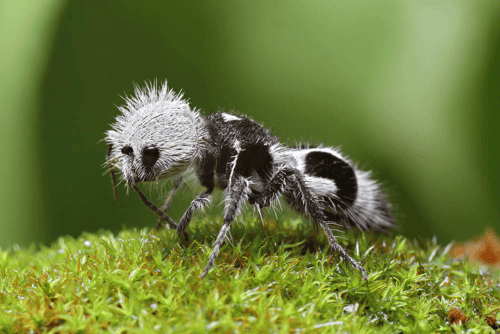
Image Editorial Credit: Chris Lukhaup / Wikimedia Commons
Despite its name, this species is neither a panda nor an ant but a wingless wasp. Found in the mountains of Chengdu, China, the “Panda Ant” is known for its black and white furry body. It is rarely seen and little studied, making it one of the more mysterious entries on the list.
Madagascan Sunset Moth (Chrysiridia rhipheus)
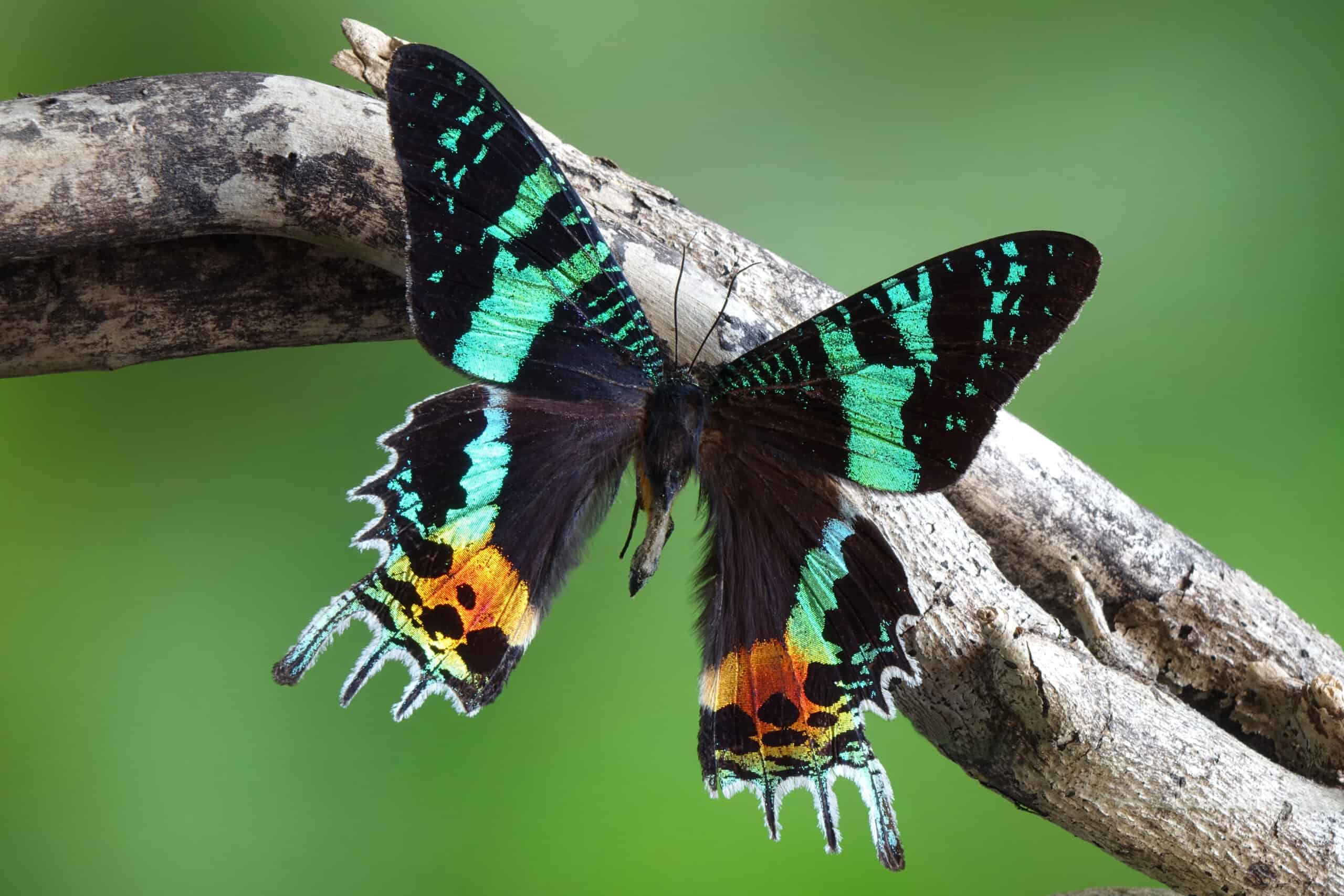
One of the most colorful and striking moths in the world, the Madagascan Sunset Moth is sought after by collectors for its vibrant wings, which reflect light to create a spectrum of colors. Unfortunately, this beauty makes it a target for the pet trade, further endangering its already limited population.
Peacock Tarantula (Poecilotheria metallica)

This species of tarantula from India is famed for its bright blue body and is one of the most beautiful spiders in the world. The Peacock Tarantula’s habitat is restricted to a small area in Andhra Pradesh, which is rapidly diminishing due to logging and agriculture, pushing this spectacular species towards the brink.
Javan Hawk Moth (Cephonodes hylas)
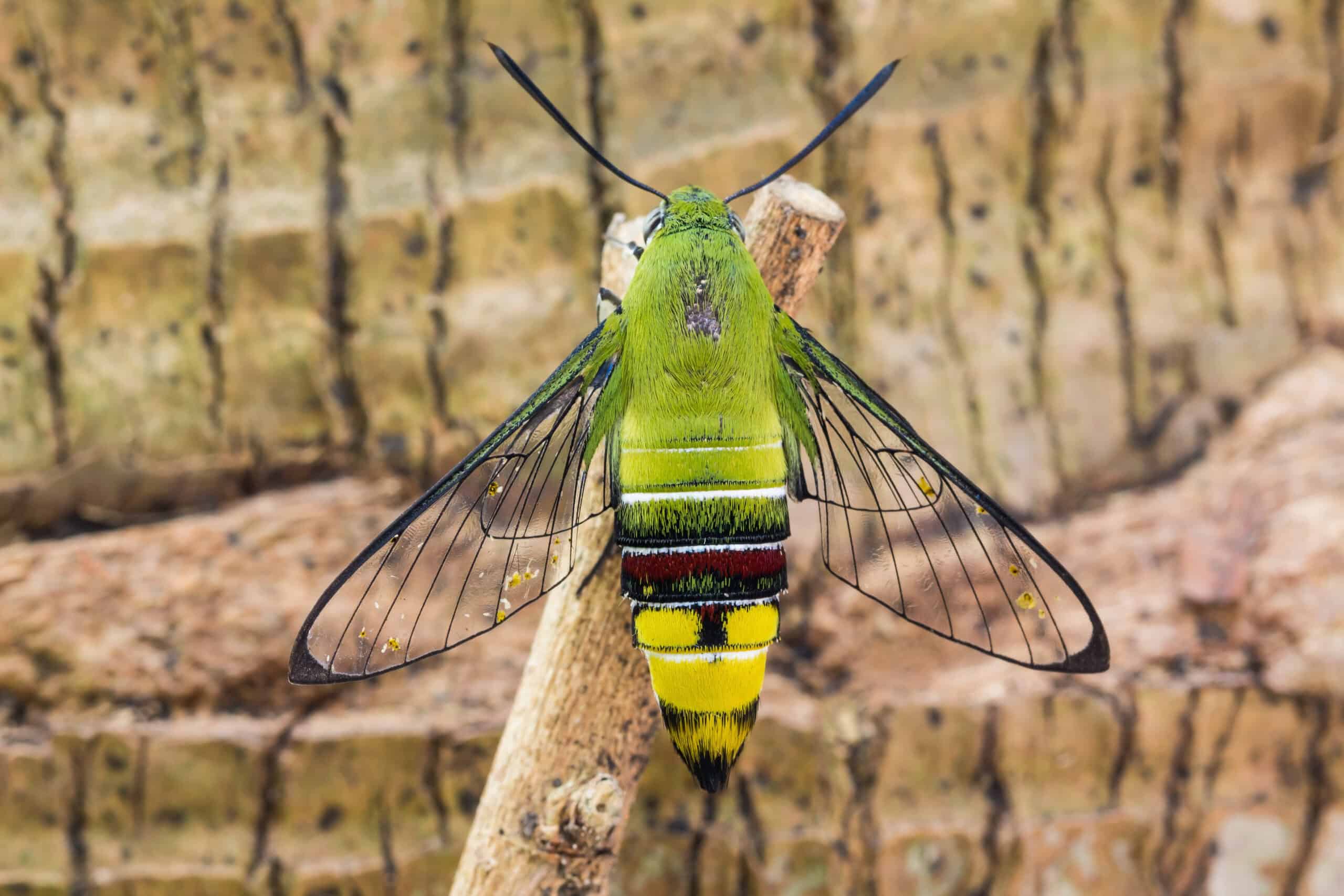
The Javan Hawk Moth, found predominantly in Java, Indonesia, is known for its clear wings and robust body. Urbanization and the clearing of its natural habitat for agriculture are the main threats to its survival.
Mount Kinabalu Giant Red Leech (Mimobdella buettikoferi)
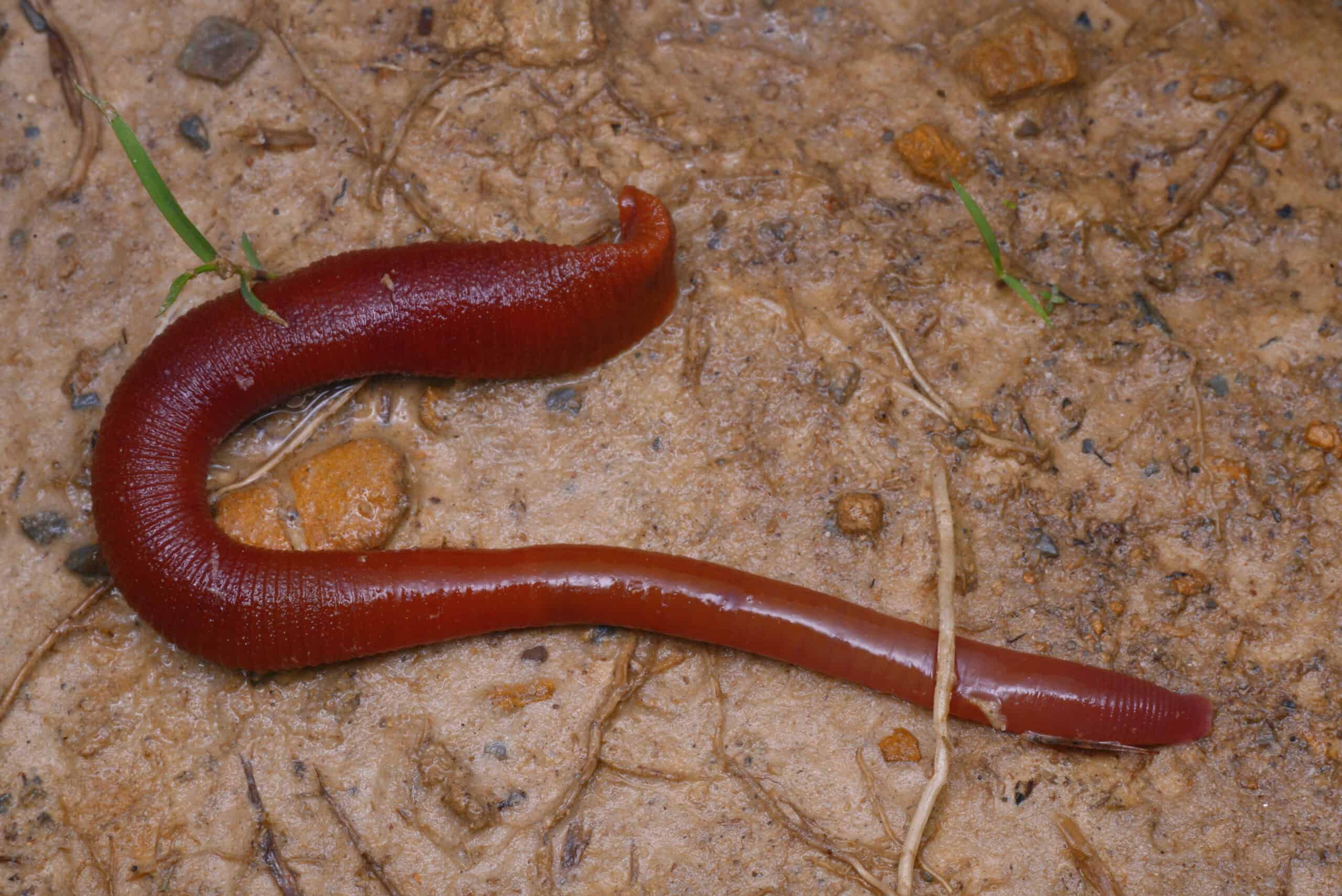
While technically not an insect but a worm, it’s noteworthy for its rarity and is only found at high altitudes in East Malaysia. It feeds exclusively on a species of earthworm that shares its habitat, making its survival closely tied to the health of its specific ecosystem.
Golden Luna Moth (Actias luna)
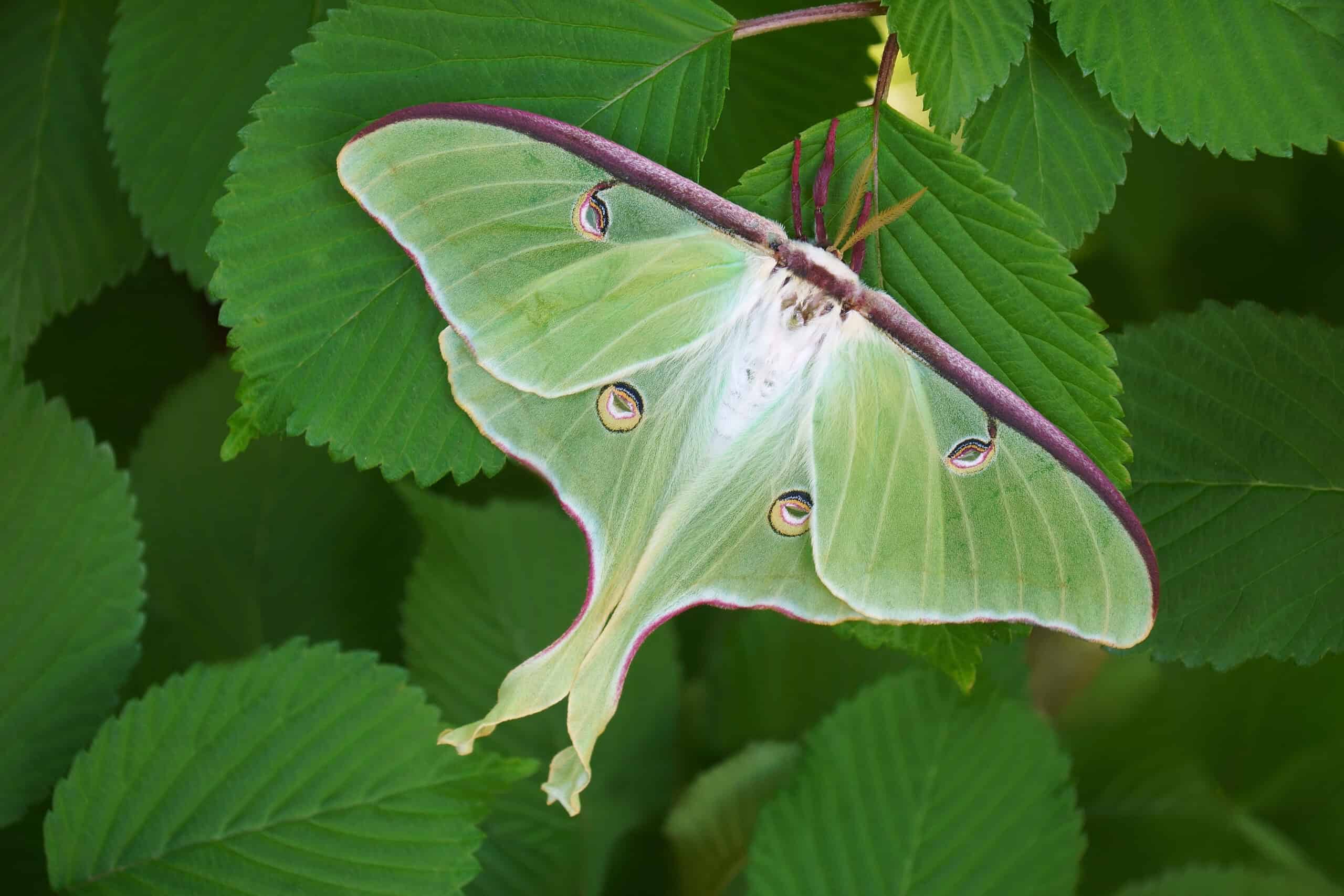
This North American moth is noted for its pale green wings and long, sweeping tail streamers. Habitat loss and the widespread use of pesticides have led to a noticeable decline in its population, making sightings of this ethereal moth increasingly rare.
Cuban Painted Snail (Polymita picta)
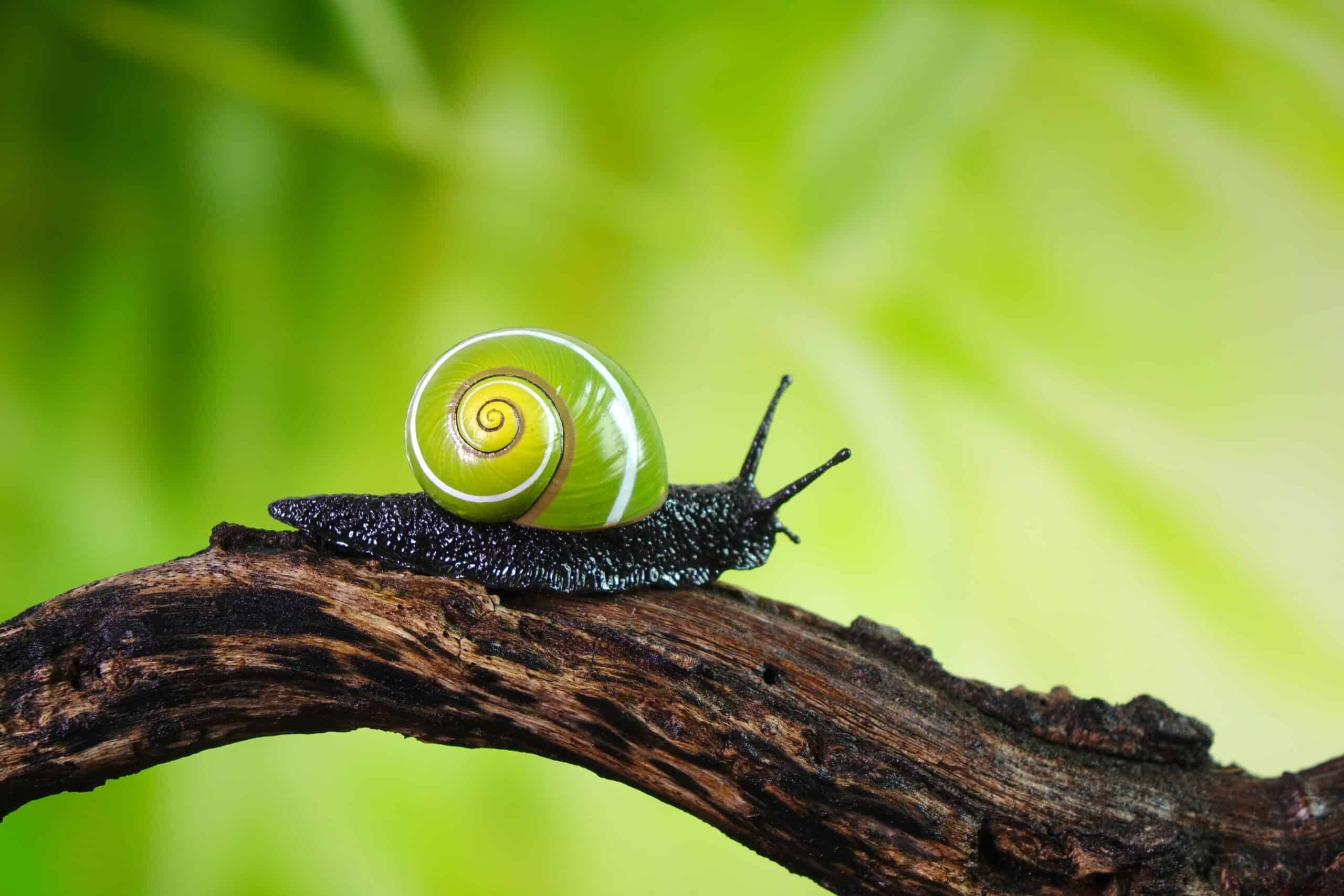
The Cuban painted snail, scientifically known as Polymita venusta, is celebrated for its strikingly vibrant and colorful shell, which makes it one of the most visually captivating gastropods in the world. Endemic to the humid forests of eastern Cuba, these snails are regarded as rare due to their limited geographic distribution and the threat of habitat destruction. Their shells, showcasing a kaleidoscope of bright colors and intricate patterns, are highly sought after by collectors, further endangering the species and contributing to their rarity.
Walker’s Cicada (Tibicen walkeri)
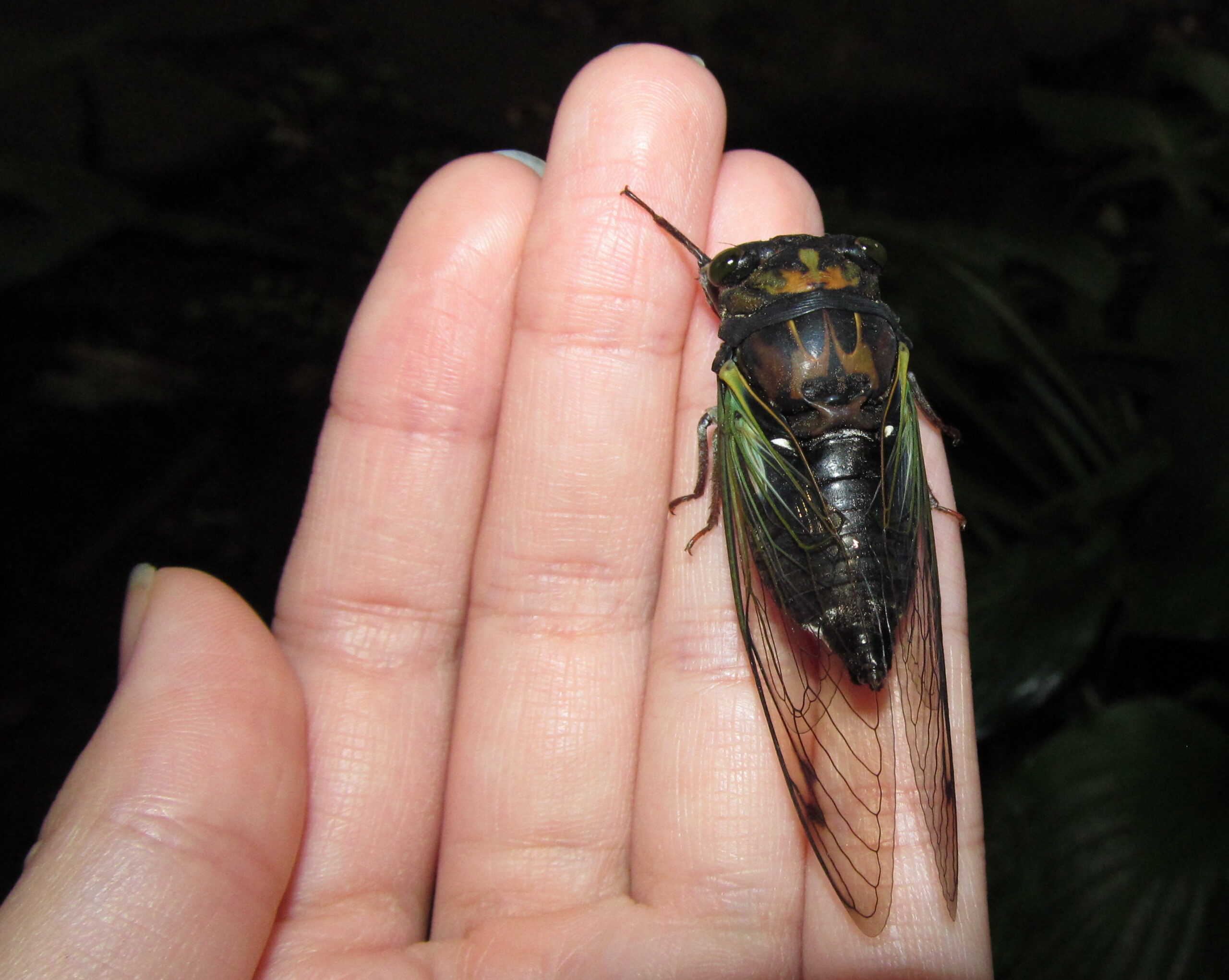
This cicada species is found only in a few isolated areas of the Eastern United States. Its rarity is attributed to specific habitat requirements and the urbanization of its natural range, which has fragmented populations and made it difficult for the species to thrive.
This article originally appeared on Rarest.org
More from Rarest.org
1965 Lincoln Penny Value Guide

The 1965 Lincoln penny was exclusively produced in the Philadelphia Mint. Since this was the first year that the silver content of US coins was removed, there were a few adjustments that the US Mint needed to make. Read More
1960 Lincoln Penny Value Guide

The 1960 penny is a 1-cent coin produced by the US Mint in 1960. As a 60-plus-year-old coin, the 1960 penny is quite popular among collectors. Read More
1941 Jefferson Nickel Value Guide

The Jefferson nickel was created by German-born American designer and sculptor Felix Oscar Schlag and was in use from 1938 to 2004. Thomas Jefferson, the third US President and one of the Founding Fathers, is depicted on the coin. Read More
